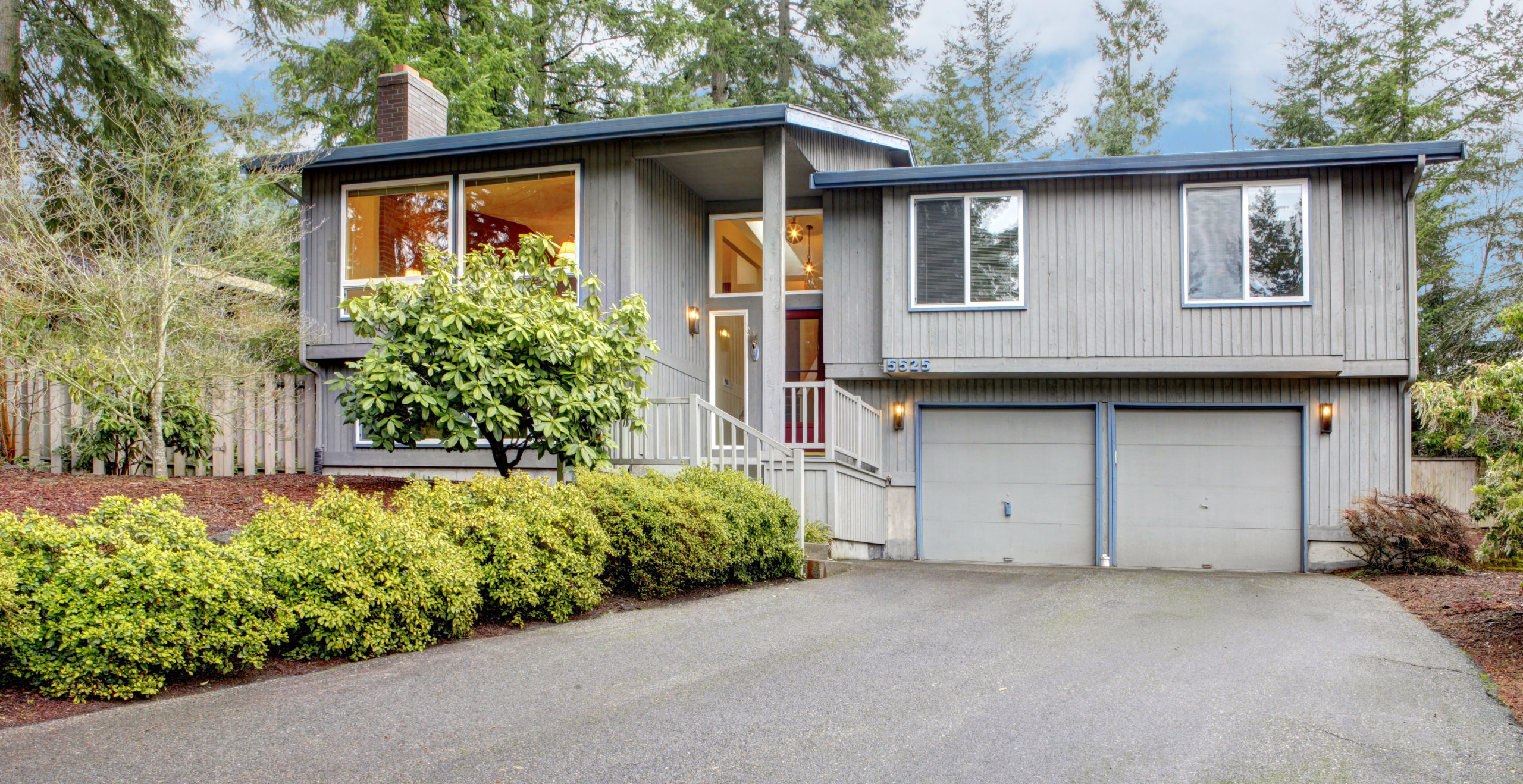When it comes to housing options, modern split-level homes have carved out their unique niche in the real estate market. With their distinctive design and practical layout, these homes offer a refreshing alternative to traditional single-level or multi-story houses. In this buyer’s guide, we will explore the features, benefits, and potential challenges of split-level homes, shedding light on why they are a worthwhile consideration for homebuyers.
Understanding Split-Level Homes
Split-level homes, also known as bi-level or tri-level homes, are characterized by their staggered floor levels, which create multiple short flights of stairs within the house. This design separates various living areas while maintaining an open and airy feel. Typically, split-level homes consist of three primary levels:
- Upper Level: This level often houses bedrooms and bathrooms, providing a private and quiet space for residents.
- Main Level: The main level typically includes the living room, kitchen, and dining area, making it the central hub for daily activities.
- Lower Level: The lower level, sometimes partially or fully below ground, often features additional living spaces, such as a family room, guest bedroom, or home office.
Benefits of Split-Level Homes
- Separation of Living Spaces: One of the key advantages of split-level homes is the clear separation of living areas. This layout provides a sense of privacy and tranquility for bedrooms on the upper level, while the main and lower levels offer communal spaces for socializing and daily activities.
- Natural Lighting: Split-level homes often have larger windows on multiple levels, allowing ample natural light to flood into various areas of the house. This design creates a bright and welcoming atmosphere.
- Adaptability: The different levels in split-level homes make them highly adaptable. Homeowners can customize each area to suit their specific needs, whether it’s a home office, gym, or entertainment space.
- Optimal Land Utilization: Split-level homes are well-suited for lots with variations in terrain. They make efficient use of space and can accommodate sloped or irregularly shaped lots more easily than traditional single-story homes.

Why are Split-Level Homes Harder to Sell?
While split-level homes offer many advantages, they also come with unique challenges that can make them harder to sell in certain circumstances. Why are split level homes harder to sell? Here are some reasons why potential buyers might hesitate when considering a split-level home:
- Limited Accessibility: The multiple levels in split-level homes can be challenging for individuals with mobility issues, such as seniors or those with disabilities. This limited accessibility may reduce the pool of potential buyers.
- Stairs: Split-level homes have stairs connecting various levels, which can be a concern for families with young children or anyone who prefers a single-level layout. Stairs can be a safety hazard and may be less convenient for daily activities.
- Outdated Design: Some split-level homes built several decades ago may feature outdated design elements, such as small or closed-off rooms, which can deter modern homebuyers looking for open-concept living spaces.
- Market Trends: Real estate market trends and buyer preferences can impact the desirability of split-level homes. In some regions or during specific periods, these homes may be less popular than other architectural styles.
- Resale Value: Depending on the local real estate market and the condition of the home, split-level homes may have a lower resale value compared to other types of houses with similar square footage.
Despite these challenges, split-level homes can still be attractive options for many buyers, especially those who appreciate the unique layout and design. To enhance their appeal and facilitate a smoother sale, sellers can consider updating the interior, improving curb appeal, and pricing their homes competitively.
Conclusion
Modern split-level homes offer a distinctive and practical living experience, making them a viable choice for homebuyers seeking a unique architectural design. While they may pose challenges in terms of accessibility and buyer preferences, their benefits, such as space separation and natural lighting, often outweigh these concerns.
Ultimately, the decision to purchase a split-level home should align with your specific lifestyle and needs. If you find the layout and features appealing and are willing to address any potential resale challenges, a split-level home can be a rewarding investment that offers comfort, flexibility, and a touch of architectural uniqueness.


